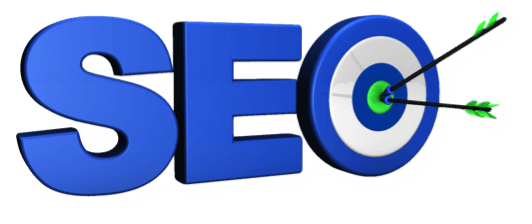Maximize Your Web Content for Better Search Engine Optimization Performance
By understanding the nuances of keyword study, meta tag production, web content readability, header tag optimization, and image Search engine optimization enhancement, a realm of untapped potential opens up, assuring raised website traffic and involvement. The response lies in a strategic blend of strategies that integrate to boost your content's efficiency in the large electronic expanse.

Key Words Research Study Methods
Discovering efficient keyword research techniques is crucial for improving the seo (SEARCH ENGINE OPTIMIZATION) performance of digital content. Keyword study entails determining the terms and expressions that users are more than likely to make use of when browsing for information online (hampshire seo). By purposefully incorporating these key words into digital material, web site owners can boost their opportunities of rating greater in internet search engine results pages (SERPs) and attracting more organic traffic
One efficient method in keyword research study is to utilize tools like Google Key words Coordinator, SEMrush, or Ahrefs to determine relevant keywords with high search quantities and low competitors. In addition, evaluating competitors' search phrases can give understandings into popular search terms within a particular market or particular niche.

Crafting Compelling Meta Marks
Efficient search engine optimization performance counts heavily on crafting engaging meta tags that enhance a web site's visibility and click-through rates in search engine outcomes. Meta tags are fragments of HTML code that offer details concerning a website to internet search engine and website site visitors. The two most critical meta tags for search engine optimization are the meta title tag and the meta description tag.
The meta title tag is displayed as the clickable heading in search engine results and ought to accurately summarize the material of the web page while integrating pertinent search phrases. On the various other hand, the meta description tag gives a brief recap of the page's material and can affect an individual's choice to click on the link.
Along with optimizing meta tags with pertinent keywords, it is important to ensure they are distinct for every website, accurately show the content, and follow personality limitations to optimize their effectiveness in boosting SEO performance.
Improving Web Content Readability
To improve user involvement and enhance SEO efficiency, making sure content readability is extremely important in providing valuable details successfully. hampshire seo. Understandable content not only attracts and preserves visitors however also plays an important duty in search engine positions.
In addition, making use of straightforward language and preventing jargon can make your content much more obtainable to a broader target market. Furthermore, integrating pertinent pictures, infographics, and multimedia aspects can improve the total readability and aesthetic charm of the content. It's necessary to preserve an equilibrium between message and visual components to maintain visitors engaged and interested.
Optimizing Header Tags

Additionally, ensure that each header tag pertains to the content below it. This not only helps search engines understand the context of your content but also improves the overall user experience by making it much easier for visitors to navigate through the page. By tactically positioning header tags and incorporating appropriate keyword phrases, you can boost the SEO performance of your material and enhance its exposure in online search engine outcomes.
Enhancing Photo Search Engine Optimization
Enhancing Photo search engine optimization includes maximizing the various components of photos on a website to improve their exposure and significance in online search engine results. One important element is using descriptive and appropriate filenames for pictures. Instead of generic names like "IMG001.jpg," choose for descriptive titles that consist of search phrases associated to the picture content. Alt message is one more vital element in picture search engine optimization. Alt text supplies a textual description of a picture, which not just helps search engines understand the web content of the photo yet also boosts accessibility for customers with visual impairments. It's important to include relevant keywords in the alt text while keeping it concise and detailed.
Furthermore, optimizing image size and format is important for SEO. Big image data can decrease Discover More a web site, influencing customer experience and search engine optimization rankings. Compressing images without jeopardizing quality can assist improve website speed. Using structured information markup like schema.org can supply search engines with more details concerning the pictures on your web site, potentially boosting their exposure in search results. By implementing these photo SEO best practices, internet sites can enhance their overall search engine optimization efficiency and attract more natural web traffic.
Conclusion
In verdict, enhancing content for better search engine optimization performance involves critical key phrase research study, crafting engaging meta tags, enhancing content readability, optimizing header tags, and improving picture SEO. By implementing these methods successfully, companies can improve their internet search engine positions, drive natural traffic to their web site, and boost exposure online. It is necessary to continually evaluate and fine-tune search engine optimization strategies to stay ahead in the competitive electronic landscape.